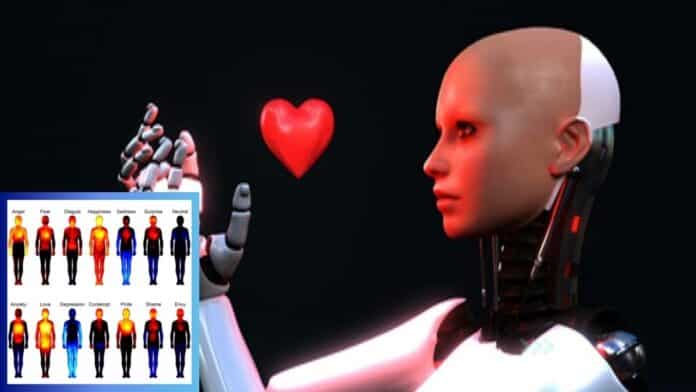Finnish Breakthrough: AI Understands Human Emotions
Finnish researchers have unlocked the potential for computers to comprehend human emotions in a significant leap forward. By bridging the gap between artificial intelligence (AI) and emotional understanding, this breakthrough promises to enhance AI interactions across various domains.
The Science Behind It
- Emotion Recognition Algorithms: The Finnish team developed sophisticated algorithms capable of analyzing facial expressions, vocal tones, and physiological cues. These algorithms decode emotional states such as joy, sadness, anger, and surprise.
- Multimodal Approach: Rather than relying solely on visual cues, their approach combines audio, visual, and physiological data. By considering multiple modalities, the AI system gains a more holistic understanding of human emotions.
- Training with Diverse Data: The researchers trained their AI model on diverse datasets containing real-world emotional expressions. This inclusivity ensures robustness across different demographics and cultural contexts.
Applications and Implications
- Human-Computer Interaction: Imagine an AI assistant that detects frustration in your voice during a technical support call and responds empathetically. This technology could revolutionize chatbots, virtual assistants, and customer service.
- Mental Health Support: AI systems could assist therapists by analyzing emotional cues during virtual therapy sessions. Early detection of distress signals might prompt timely interventions.
- Entertainment and Gaming: Video games and virtual reality experiences could adapt dynamically based on the player’s emotional state. Characters could respond empathetically or adjust gameplay difficulty accordingly.
Challenges Ahead
- Ethical Considerations: Ensuring privacy and consent when analyzing emotions is crucial. Striking the right balance between understanding and intrusion will be a challenge.
- Bias Mitigation: AI models must be trained on diverse datasets to avoid bias. Otherwise, they might misinterpret emotions or reinforce stereotypes.
- Real-World Implementation: Integrating emotion-aware AI into existing systems requires careful design and user acceptance.
In summary, Finland’s pioneering work in emotion-aware AI opens exciting possibilities. As this technology matures, we can expect more emotionally intelligent interactions with our digital companions.




















